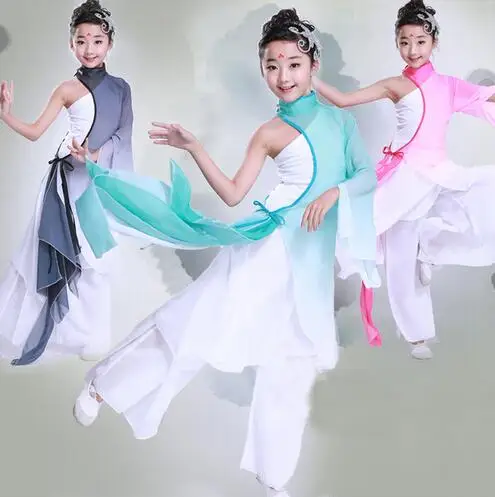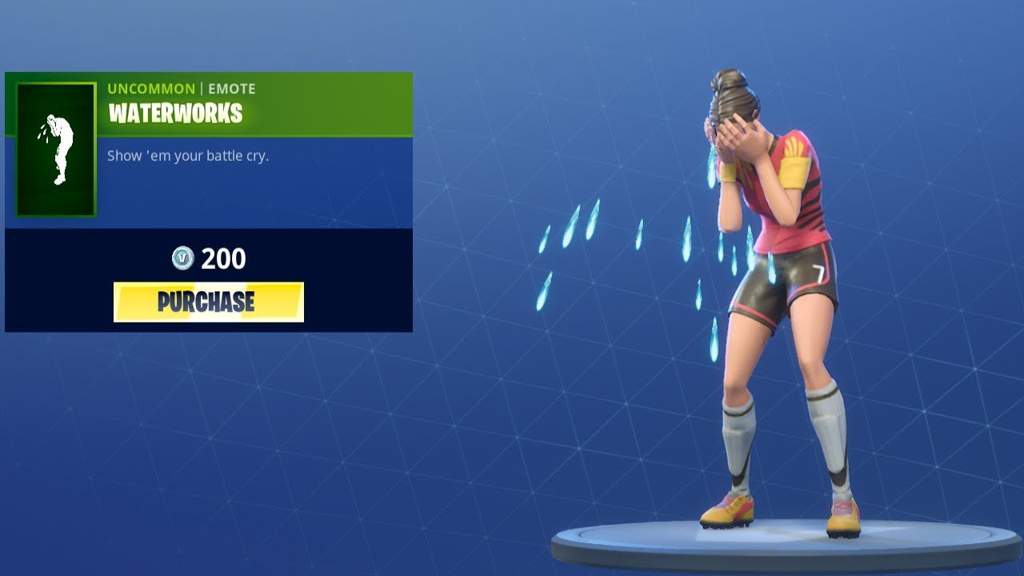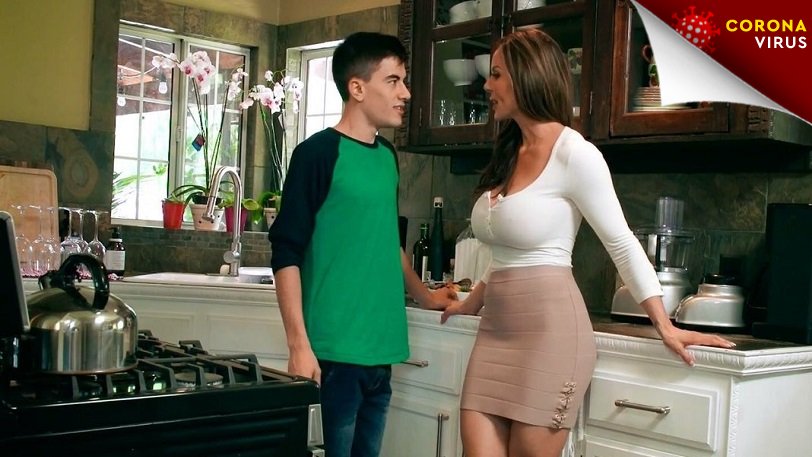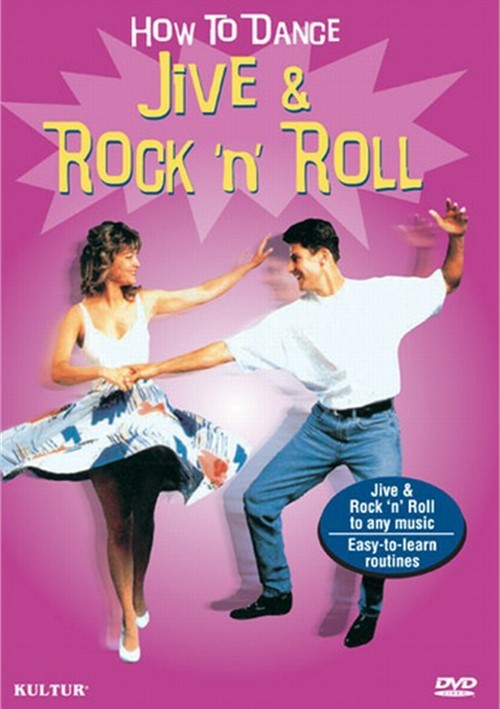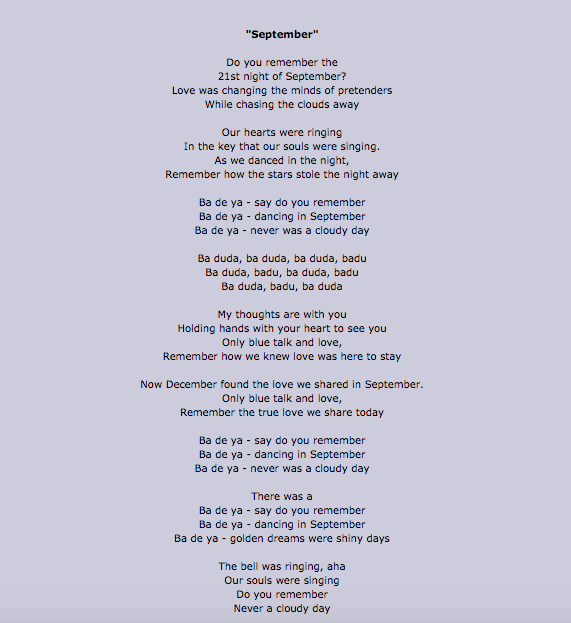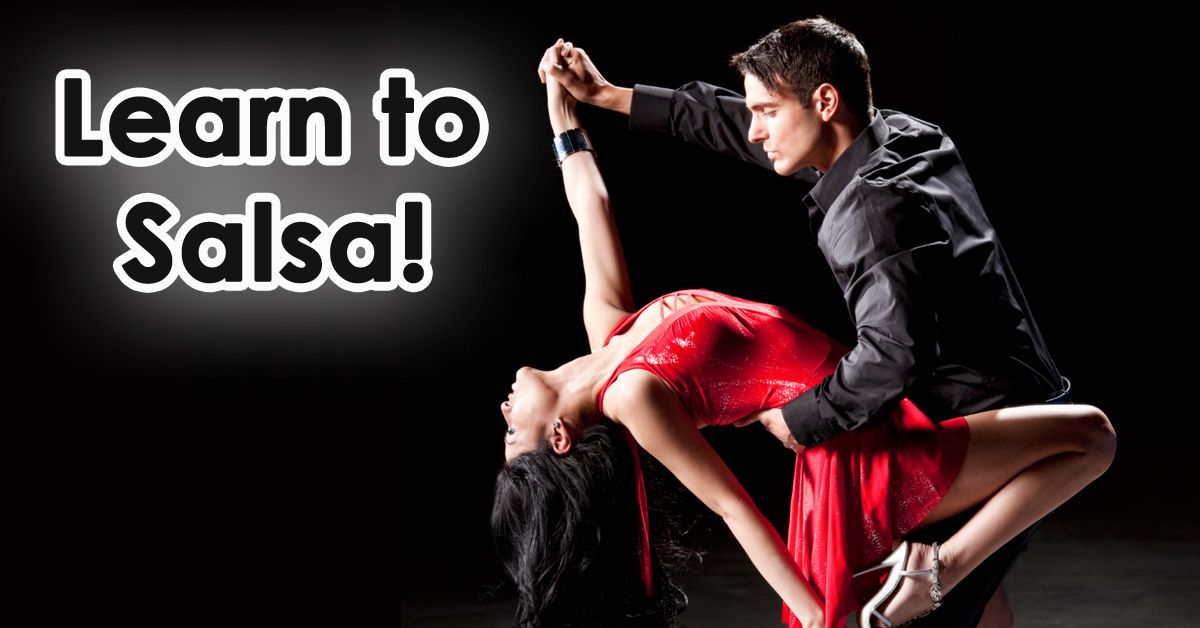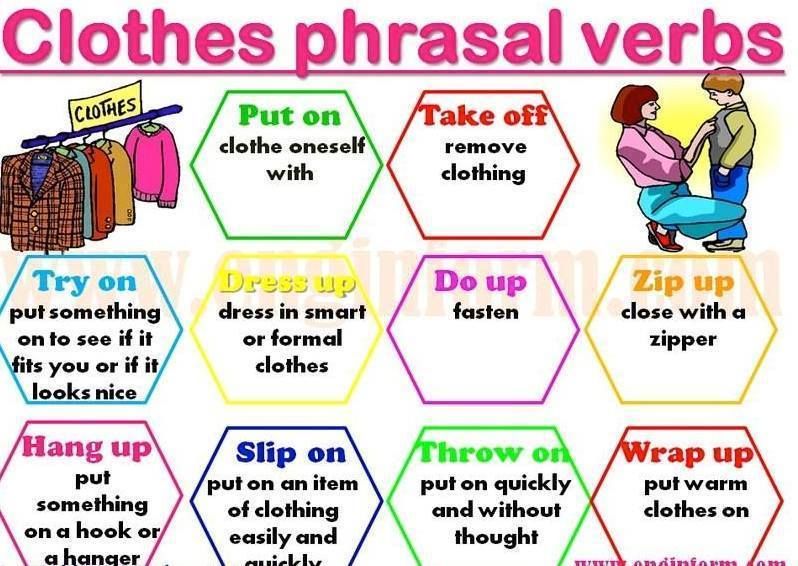How to spell dance words
|
adagio |
(at) slow music |
|
alemana |
lady turns clockwise under her right hand (ccc and rumba) |
|
allegro |
(on) fast music |
|
alteración (AT) |
alteration, change of direction during the pass |
|
appèl |
appeal on the ground, sounding stomp foot (full weight) on the floor. (Military: obey call) |
|
ball change |
two (fast, syncopated) steps on the ball of the alternating foot |
|
ballroom |
stately graceful dance around the floor |
|
bamboleo |
surge, swing |
|
bandoneon |
accordion that came over from Germany to Argentina, typical to Argentine music |
|
barrida (AT) |
'sweep', with brushing along the bafoot of the other |
|
beat |
accent in the rhythm of the music |
|
bebop |
jazz form from the years 40-50 (no dance style) |
|
boleo (AT) |
change of direction in the axis e. |
|
bongo |
hand drums (usually 2 together), under side open |
|
bootcamp |
training week (end) without luxury, so named after sports training of U.S. Army |
|
bounce |
back spring, typical samba movement with knee and hip stretched to springs up somewhat |
|
box (step) |
6 steps in a rectangle (or square) shapeon the floor |
|
BPM |
beats per minute, beats (accents) per minute |
|
brush |
bring the moving foot to the standing one without weight transfer |
|
BULDO |
Belgian Union of Teachers of Dance and Manners |
|
caller |
dance leader in country dancing indicating moves |
|
cavaquinho |
ukulele -like instrument with 4 strings |
|
CBM |
Contrary body movement: turning starter by crossed the coordination of the body relative to the legs (like winding up to move back) |
|
chassé |
(mostly) sideways movement: side- close - side (locking) |
|
check |
short, highlighted interruption of a movement with the foot at the beginning of a pass (with weight), which then flows in the reverse direction |
|
choreography |
description (and think of) dance moves |
|
clapshold |
lady 'flips' (actually flattes) for ballroom dancing her right hand into the left of the gentleman, fingers closed |
|
claves |
two hardwood sticks as a percussion instrument |
|
conga |
with hand or fingers played, about 70 cm high (wood) drum, open at the bottom |
|
corrida (A. |
acceleration in running |
|
cortado (AT) |
is broken step in double- speed (initially a stop) |
|
country |
country folk music of white Americans |
|
cross body lead |
basic cross, man steps aside and turns 90° to let the lady straight pass by |
|
cruzar (cruze) (A. T.) |
crosses, the cross step |
|
cuban break |
double hold at shoulder height, both one foot quickly traverse in the same direction, fall back to the other and place back the first again, then the same in mirror |
|
cuban motion |
hip rotation by bending and stretch knees |
|
cuca |
short for cucaracha, which is sometimes too long as instruction in class or while dancing |
|
cucaracha |
(cockroach) rapid sideways and back, body remains above the standing leg, hips draw an 8, the outgoing heel follows with a 0 (or 'side break) |
|
cumbia |
Colombian music and dance style with Spanish and African roots, lots of percussion |
|
cunita (AT) |
wobble step, only move some weight, feet stay on the spot, at a normal pace |
|
doo-wop |
a cappella music from the '20s (U. |
|
double hold |
both hands holding the right on the left |
|
enchufla (salsa) |
position change, revolve 180° around each other while (hand) hold |
|
enrosque (AT) |
'roll’ yourself, swing free leg around stand leg to revolve yourself while standing on one leg |
|
fallaway |
V - shaped dance position as Promenade, but walking backwards |
|
fan (position) |
ccc, rumba, lady left and perpendicular to the gent. Man left, lady right hand |
|
fleckerl |
Viennese waltz, quick revolving move in the middle of the floor |
|
flick |
(tap) kick your foot toward your buttocks (slightly tilted towards standing leg) |
|
frame |
framework. |
|
gancho (AT) |
hook with your free leg to a leg of the other |
|
giro(AT) |
twist, the lady around the gentleman, or both around a centerpiece |
|
glissade |
(ballet) sliding pass |
|
guira |
percussion instrument, cylindrical metal grate scraped with a fork |
|
hand to hand |
as a New Yorker, but with the foot on the open side you step outside backwards instead of inside forward |
|
handshake |
both give right hand, such as shaking hands |
|
heelturn |
twist with closed feet on one heel (2 heels toghether cannot, there is always only one pivot point!) |
|
hip twist |
rotate hips according to the backbone |
|
Hockey stick |
fan, then Loop Turn for the lady. |
|
hover |
high step on the ball of the foot, to change course or direction (_check). |
|
impetus |
driving energy prior to rotation with heel turn for the man |
|
in line |
(as opposed to outside) both dancing with a foot between both feet of the partner (often the starting position) |
|
crossing in |
join free foot cross (near the ankle) to the support leg |
|
inside (turn) |
(turn) movement committed to the center between the partners |
|
instrumental |
without human voice |
|
jazz |
French 'Jazer' = chat, hodgepodge of styles, black improvisation from New Orleans, the white version was Dixieland music |
|
kick |
stretch leg forward and down (small soccer - move) |
|
kick-ball-change |
kick or flick, followed by ball change |
|
kisses dance |
see polonaise |
|
LA |
Los Angeles salsa style. |
|
lapiz (AT) |
pencil, "draw" with the foot on the floor, done with the free leg: draw a circle |
|
Latin-American |
see Latin |
|
latin |
dances based on - whether coming from the Caribbean, often Cuban |
|
lift |
partner while dancing lifting off the ground. In competitions not allowed |
|
left turn |
(swing your left arm out and backwards, follow this direction to) move, you turn counterclockwise |
|
lockstep |
pass (forward or backward), cross connecting to other foot (back or front), and again a step at the ball of the foot in the same direction (sort chasse) |
|
lunge |
heavy check (tango and rock) with bending of the leg |
|
measure |
size, regularity, unity, variety of accents in music |
|
maracas |
samba balls, shakers or rattles with handle |
|
mariachi |
street musician from Mexico |
|
melancholic |
downheartedness, gloomy,bluesy (often the atmosphere of Argentine Tango) |
|
molino (AT) |
twist, he around the lady who stands on one leg and is rotated by him |
|
momentum |
propelled, indicates how difficult it would be to stop the movement. |
|
Motown |
Famous record label from Detroit, 1959 (Motor Town) |
|
Neo tango (A.T.) |
more contemporary music and instruments with elaborate dance code, initiated by the tango revival by Gotan Project |
|
New-Yorker |
in hold, both step 90⁰ inside, hands together pointing in the same step direction, to fall back on the other foot in the other direction. Use other hand (and feet) to repeat this mirrored. (the English call salut cubain a NY?) |
|
ocho (AT) |
move (by follower) 8- shape: turn on the standing leg, the free leg rotates around there before it is moved |
|
outside |
(as opposed to inline) next to each other, he dances with both feet in front of the lady |
|
outside (turn) |
(turn) move themselves from the center between the partner to the outside |
|
pandeiro |
tambourine with convex jingles and span able face sheet |
|
parada (A. |
a stop, facing dance direction |
|
step |
move feet with weight transfer |
|
pas de Bourée |
(ballet) alternatingly steps: front - back on the ball / toe of the foot |
|
percussion |
drumming, beating |
|
pirouette |
quick turn on one foot, spotting |
|
pitch |
degree of bending of the body, front or rear |
|
pivot |
turn on the support foot |
|
put |
placing (or replacing) the light lifted foot back and bring your weight on it |
|
point |
foot point in the extension of the leg, without heel on the floor or weight on it |
|
promenade |
partners turn open running in the direction of dance, apart (but holding) |
|
rap |
rhythmic nonstop verbiage in rhyme. |
|
right turn |
(swing out backwards your right arm and follow this) move, you turn clockwise |
|
reverence |
(ballet) theatrical, polite bend |
|
reverse (turn) |
left turn |
|
rise and fall |
unrolling of the foot by a pass causes this up-and -down motion |
|
rhythm |
regularity, repetition, pattern |
|
rock step |
type check in Latin dancing, rock from one foot to the other |
|
romantic |
dreamy, speaking to feeling and imagination (Rumba) |
|
rond de jambe |
(ballet) wide circular motion with one leg |
|
sacada /entrada (AT) |
step with witch one takes almost literally the place of the other |
|
salida (A. |
based walk, departure. Also the lateral pass to the left of the leader (start) |
|
salsero(-a) |
salsa dancer |
|
salut Cubain |
|
|
sandwich (AT) |
move in which a foot of one is taken between the feet of the other |
|
sanguichito, mordida (A.T.) |
small sandwich: foot of one partner is taken between the two feet of the other |
|
sentada (A.T.) |
partner to sit on the thigh (with a lunge) |
|
shadow position |
spooning position, faces in the same direction |
|
shine |
solo show in salsa, footwork, stylized moves, also (lady) styling: movement with arms, shoulders, body, hands), especially in LA |
|
slow |
quiet, relaxed (one beat per measure) |
|
soltada (A. |
open up a closed dance position to further creatively improvise |
|
son |
Cuban music with Spanish influences and African rhythms |
|
spin |
fast rotation, trun, revolving |
|
spiral (turn) |
forward turning with the free foot. The released foot revolves around the standing leg |
|
spot turn |
turn on the spot, one partner moves forward, the other backward |
|
spot turn |
a turn with three steps forward |
|
spotting |
fix one point when turning, until the body is rotated as far as possible, then rotate the head quickly and watch the same point again |
|
standard dance |
collection of five ballroom and 5latin dances that can be done in competition |
|
sway |
swing, tend toward inside of the rotation, swing by stretching the body to one side to offset the center fleeting force |
|
syncope |
shift accent outside the normally expected count |
|
tambora |
Latin American, African -derived drum major |
|
Tango Close |
end of tango pattern, left forward, right side, left in (without weight) QQS |
|
Tango fusion (A. |
fusion of tango with contemporary dance and music (including non- tango, electronic...) |
|
Tango nuevo (A.T.) |
(lesson) system from simple to complex tango movements |
|
Three Step |
Slowfox, three steps forward, SQQ |
|
timbale |
short metal (Cuban) (cup) drum, open at the bottom |
|
trot |
walk |
|
tuck in (turn) |
type winding movement before the (opposite) spin |
|
twist turn |
rotate on the spot with both feet together |
|
vihuela |
guitar -like, eight -stringed plucked and stroke string instrument |
|
vocal |
without instruments, only voice |
|
traditional dance |
folk traditional, regional, surviving dance |
|
volta |
turn, turning point |
|
Whip |
(swing, Lindy) rotary action of the lady around the man |
|
whisk |
step aside, other foot cross in behind and then both with the inside foot again stepping further in the direction of dance |
|
closed change |
three consecutive passes, so the following figure can begin with the other (exchanged) foot (waltz) |
Dance Terms Every Beginner Dancer Should Know
We use a lot of dance terms that we can't fully or specifically define, but can understand what they mean.
Learn what those dance terms actually mean and you'll gain a much clearer understanding of dance.
This list below includes commonly used dance terms and their definitions. Look up that one word you’ve always been unsure of, or brush up on all of ‘em!
8-Count
This is how we break down and count music. Most dances choreographed to 8 counts at a time, or two 4-count measures back to back.
We get more in depth on the 8-count here: What Is Dance Musicality?
Ball Change
A 2-step move where you transfer the weight of one foot behind or by the other foot. You're basically just stepping twice.
The kick ball change, as the name suggests, is when you kick or scuff your foot before the ball change.
Bass
The lowest of the standard four voice ranges (bass, tenor, alto, soprano), or, the lowest melodic line in a musical composition, that supports the harmony.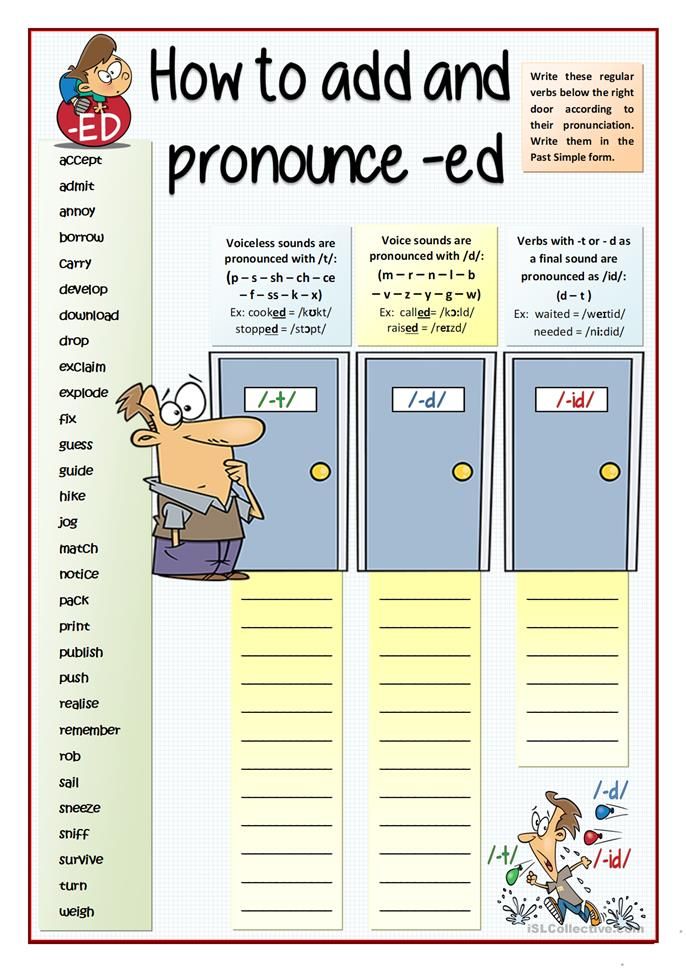
Different instruments can produce a bass sound (drums, guitar..) Dancers often use the onomatopoeia “boom” to describe a bass drum sound.
Cypher
A cypher is where a group of dancers in a circle and take turns dancing in the center. It could also be referred to as a freestyle circle.
The cypher, cipher, or circle, has deep, long-standing cultural roots in hip hop culture, African tradition, and even religious beliefs.
Experience one for yourself: What You Should Know Before Going To A Freestyle Jam
Dynamics
Different types of execution of movement. Dynamics depend on how much and fast your energy is distributed. Contrasts in dynamics make a piece look more "dynamic."
Focus
Where you are looking while you dance. Common ones are: right, left, up, down, and the “45”s AKA the diagonals between those sides.
Freestyle
Improvisational dancing that allows the dancer to express their individual style (i. e. a dance that is not pre-planned)
e. a dance that is not pre-planned)
It’s the process of spontaneously creating movement that was not choreographed ahead of time.
Get way more into freestyle and other dance terms here: How To Freestyle Dance
Fundamentals
Hip Hop Fundamentals refer to the 4 pillars of Hip Hop Culture.
Originating in the 1970s in New York City, they are: Emceeing, DJing, Graffiti, and Breaking.
Fundamental / Foundational Styles refer to the different dance styles developed from Hip Hop and street and funk styles including: Breaking, Popping, Locking, House, Punking / Waacking, Vogueing, and more.
Learn more on Hip Hop History: What Is Hip Hop Dance?
Full Out
Dancing with 100% of your energy and performance.
Wanna go awff? Read this: How To Dance Bigger, Stronger, And More "Full Out"
Groups
This is when the class is divided into smaller sections, and each group will take turns performing the piece as the other students watch.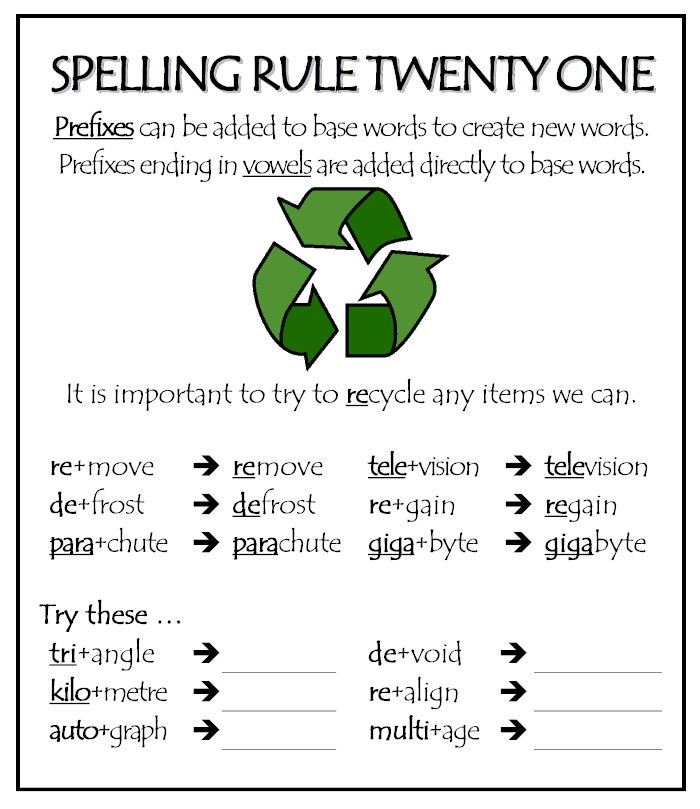 Groups can get intimidating!
Groups can get intimidating!
But it’s also an integral part to your growth. Push yourself outside of your comfort zone and just go for it!
Hi-Hat
A sound produced by a hi-hat cymbal. Dancers often describe this sound as “tss tss~”
Holds
When you hold a move/pose and not move during a count.
Isolation
When you isolate one part of your body without moving any other parts.
Levels
How high or low your body gets.Low levels require you to bend your knees, or “plie.” High levels may involve getting on your toes in “releve.”
Match levels with the choreographer or other dancers by looking in the mirror to check you are as low/high as everyone else.
Mark
Dancing a piece of choreography with less energy, usually for practicing musicality, timing, and other tools.
This allows you to be more conscious of the music, timing, and where your body placements are rather than releasing your bankai.
The choreographer might use percentages to indicate how much energy you should be putting into your mark.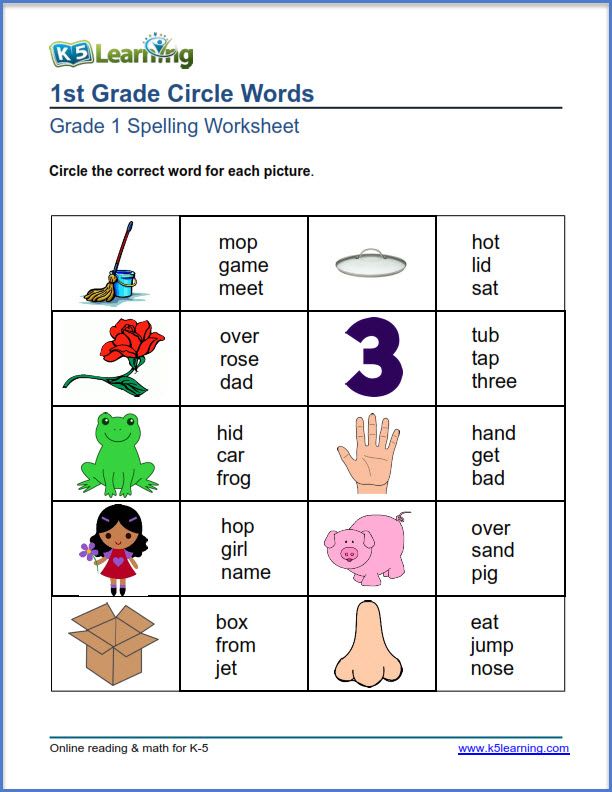
Example: “Let’s go just 50% for this first run-through!” or “Mark it around 80%”
Milking
When you extend movements throughout a portion of the piece or music.
At the end of a move, instead of “putting a period” on it and ending it definitely by stopping the movement, think of it as a “…” – like you’re dragging out that move.
Musicality
In dance, the matching of movement to the rhythm, sounds, and mood of the music.
“Dance musicality” is demonstrated in several ways, depending on the dancer’s style, the song, and countless other elements.
There are many other dance terms to describe dance musicality.
Practice your musicality by following: How To Train Your Musicality As A Dancer
Lyrics
The words that the singer is singing to, often in sync with the melody.
The lyrics are probably the easiest to distinguish, but hardest to count / dance to, since vocals don’t always match the strict structure of 8-counts.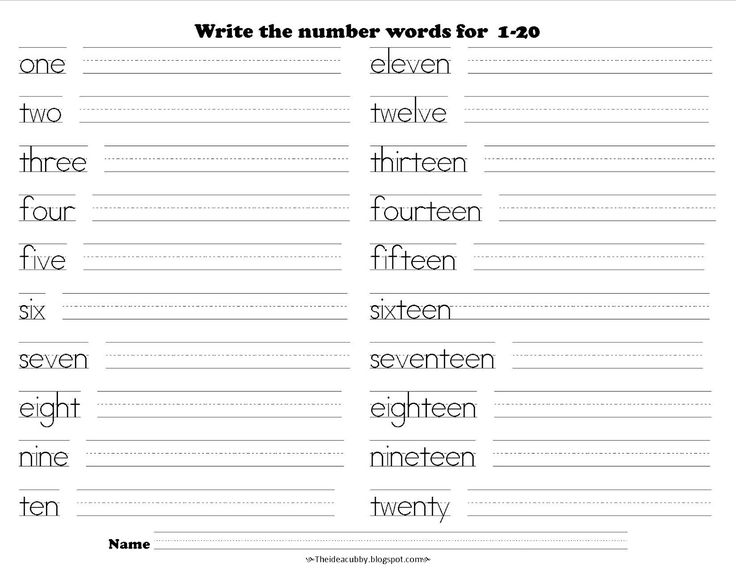
Sometimes choreographers will make moves that correlate with the lyrics, like miming actions or using certain body parts, AKA wordplay.
Plié
A smooth and continuous bending of the knees outward with the upper body held upright.
Pictures
Think of pictures as literal pictures. If someone were to take a photo of you on the count that you’re hitting a picture, then the clearer that photo turns out to be the “cleaner” you are executing that picture.
Watch this video to hit cleaner pictures!
Rhythm
The repetitive patterns within the music. It’s how we “count” our beats (see “8-count”) and measure our movements.
Select Group
Students chosen by the choreographer to demonstrate the piece to the rest of the class. The criteria for the selected dancers is solely up to the choreographer.
Selected dancers may have been really clean, not so clean but performed the crap out of it, had a lot of personal style, or were just fun to watch.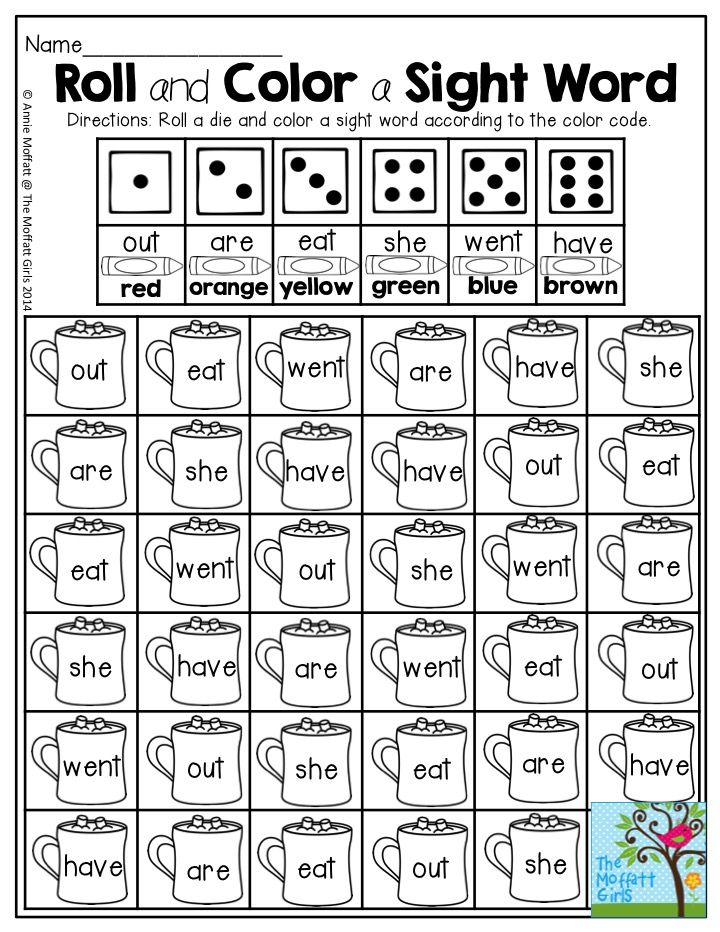 There are so many reasons you can get chosen or not for a select group, so don’t overthink it!
There are so many reasons you can get chosen or not for a select group, so don’t overthink it!
Wanna make it into select group? Use these tips: 9 Ways To Stand Out In Dance Class
Snare
The sharp, staccato drum sound you hear, like the sound you make when you clap your hands. Dancers often describe as snare as “ka!”
Strings
The segment of music created by stringed instruments like guitars, violins, etc. Guitar strums and melodies are also useful to take note of, for more instrumental / acoustic songs.
Switching lines
When a class rotates from the front to back and vice versa to give everyone a chance to be in the front.
When the choreographer says to “switch lines” – if you’re in the front of the room, then move to the back (and vice versa). This is to ensure that everyone gets a fair chance at having a good view of the choreographer throughout the class. It’d be a little selfish to stay in the front the whole time, right?
Practice good dance etiquette: How To Take A Dance Class
Synth
The sound from a sound synthesizer, is produced by electric signals converted to sound through amps and loudspeakers.
Common reference to a “synth” is the synth piano, which may sound like a long slow bass like “wobba wobba”
Tempo
The speed of the music. As you’re learning a piece, the choreographer will teach in slow tempo, then speed it up to medium, and finally “tempo” – AKA the real-time speed of the song.
Textures
We have a whole article for this one. Read: What Are Textures In Dancing?
Transitions
In a performance set, these are the movements that are used to connect 2 different pieces. The music will change, and there will be dancers “transitioning” on and off the stage or switching their position on stage.
Urban Dance / Urban Dance Choreography
OH man. Too much to fit into this list. Here, read this: What Is Urban Dance?
Now that you have a better grasp of common dance terms, you can see them in action!
Take a class on STEEZY Studio for real-life application of these dance terms.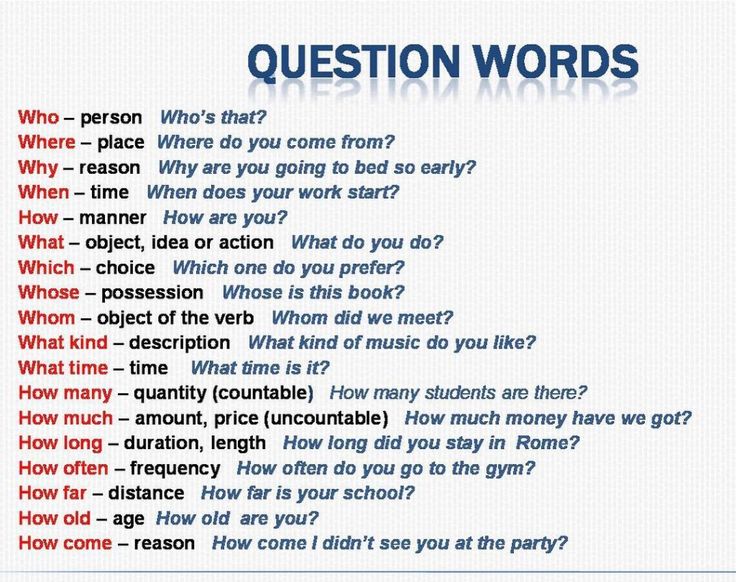 Sign up today and try it for free!
Sign up today and try it for free!
Are there more dance terms you want clarified? Comment below and we'll help!
Choreographic text - as the main component in the dance composition
Bibliographic description:
Murzabaeva, G. I. Choreographic text as the main component in dance composition / G. I. Murzabaeva. - Text: direct // Young scientist. - 2015. - No. 8.2 (88.2). - S. 39-40. — URL: https://moluch.ru/archive/88/17468/ (date of access: 12/17/2022).
Reality in a figuratively generalized vision is reflected by all types of art, and each of them has its own expressive means. Expressive means of choreography are: movements of arms, legs, head, body, i.e. dance vocabulary, language. Expressive means also include facial expressions, gestures that are fixed in dance poses [1]. nine0009
Dance movements are the basis of choreographic movement. The origin of the dance movement began from ancient times of human existence [2].
"Choreographic vocabulary - separate pas movements and poses that make up the dance as an artistic whole, i.e. as a work of choreographic art movement. Choreographic vocabulary arises on the basis of communication of expressive movements of a person, over the centuries it has been accumulated, improved and polished. By themselves, the elements of choreographic vocabulary are not carriers of a certain figurative content, but they have a range of expressive possibilities that are realized in the specific context of the dance as a whole and the relationship of the elements of choreographic vocabulary develops a choreographic text. nine0009
The development of dance and its design was also influenced by the living conditions of the people, their occupations, climate, etc. The dance language has absorbed the character of the people, their temperament, as well as their way of life, their social system.
Each movement consists of several parts:
- Starting position
- Zatakt
- Main element (reveals the idea of this combination)
- Passing (connecting) nine0021 Climax (fixation, posture, ending, point in motion)
To create a dance language, to reveal artistic qualities, the combination of movements of the arms, legs, and head is of no small importance.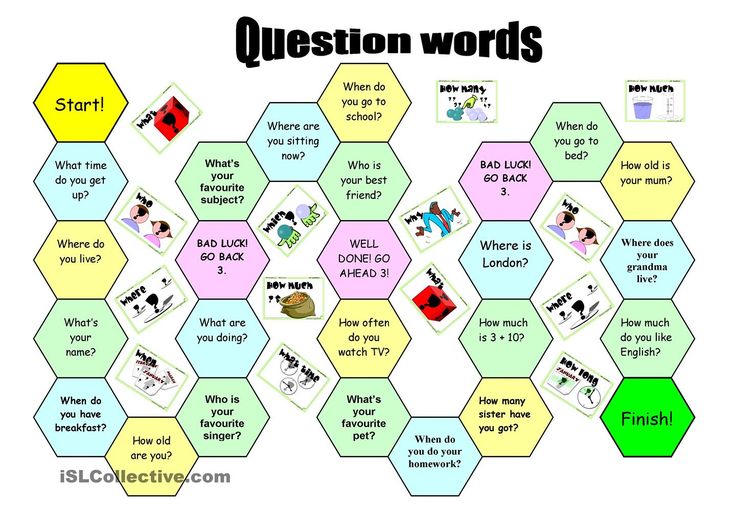 Separate dance movements are combined in various combinations, each type of choreographic art has its own dance language. The mixing of the dance language leads to a loss of purity, to a violation of the integrity of the choreographic work. There are: imitative, figurative, national dance languages. nine0009
Separate dance movements are combined in various combinations, each type of choreographic art has its own dance language. The mixing of the dance language leads to a loss of purity, to a violation of the integrity of the choreographic work. There are: imitative, figurative, national dance languages. nine0009
When compiling a choreographic text, the close relationship between the idea and drama of the dance, musical material, national features of the dance, the nature of the images, the pattern of the dance with the dance vocabulary are taken into account.
Movement in the dance has a specific duration in time, combined with pauses. First of all, it is necessary to show not the internal logic of building a movement, which makes it possible to convey certain emotions.
The second feature of the emotional movement is naturalness, immediacy. Fokine said: “Every movement in artistic dance is an improved development of natural movement in accordance with the character that this dance should reveal, not one deviation from natural movement should not be unjustified. The dancer rises on her fingers, whether she takes off into the air, whether she taps her heels on the floor, all this is not a distortion, but the development of a natural movement. The combination of technical movements with the image of dance is an important point in compiling a dance language. The director should not avoid complex movements if they help the development of images, but also overload the text with "tricks" for the sake of "beauty or show the performer's capabilities." nine0009
The dancer rises on her fingers, whether she takes off into the air, whether she taps her heels on the floor, all this is not a distortion, but the development of a natural movement. The combination of technical movements with the image of dance is an important point in compiling a dance language. The director should not avoid complex movements if they help the development of images, but also overload the text with "tricks" for the sake of "beauty or show the performer's capabilities." nine0009
Currently, the scope of choreographic works has greatly expanded, and this sets new requirements for the choreographer. It is required not only means of expression, but also to create its new forms.
“Guided by subtle intelligibility, the ballet creator can take from them as much as he wants to determine the character of his dancing heroes. It goes without saying that he who seizes the first element in them can develop it and fly higher than his original, like a musical genius, from a simple song heard on the street, creates a whole poem, at least then there will be more sense in dancing, and, thus, this light, airy and fiery language can be more figuratively depicted before the village is still somewhat constrained.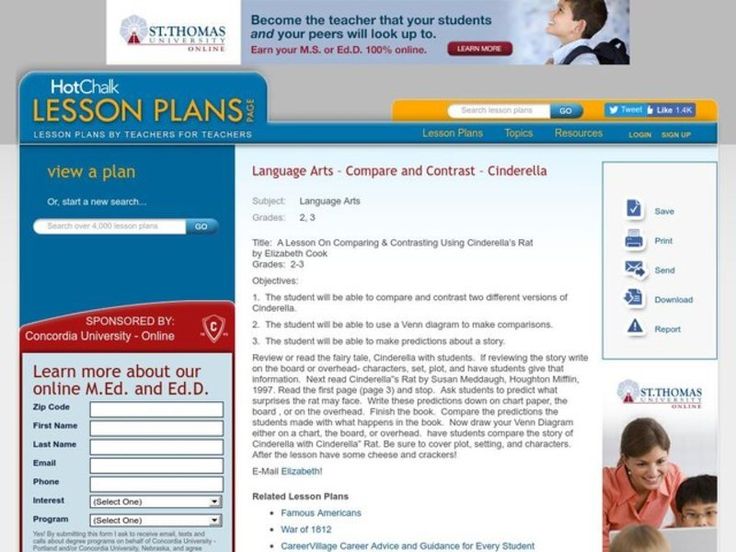 N.V. Gogol. nine0009
N.V. Gogol. nine0009
Music in a choreographic work.
1. Musical material is an important basis in the work of a choreographer in creating a choreographic work.
- The principle of selecting a piece of music for the implementation of a choreographic production.
- Creation of a choreographic composition based on musical material. Unity of idea, theme, music in a choreographic work.
When staging a dance, dance numbers, the question arises about the relationship between choreography and music. Their conformity - the expression of one another - is one of the general crisis criteria for the artistry of dance art. Dance does not produce music, but exists on the basis of music and is performed with music, but music itself cannot be danced. Dance does not exist outside of music. nine0009
The meaning of the expression "Music in dance" firstly: in accordance with the choreography and the image of music, this refers to the general nature of the construction, but also to complex images; secondly: in accordance with the tempo, rhythm, i. e. in harmony with the tempo and character of the music.
e. in harmony with the tempo and character of the music.
J. Noverre “Letters on dances and ballet”: “Good music should paint, should speak. Responding to her, the dance becomes, as it were, an echo, obediently repeating after her everything that she says.
In dance, it is not necessary to beat each rhythmic beat, sometimes the movements of the dance may not correspond to each beat of the measure, but the discrepancy between music and dance is not conceivable both in general and in phrases. nine0009
If the images match, then the choreographer has correctly understood the piece of music. This means that he managed to reveal the image laid down by the music with dance movements. The choreographer builds works based on the idea. The choreographer often meets with a finished piece of music, either a composition by the composer on the instructions of the choreographer or a libretto [3].
When a composer composes music according to the playwright's idea, the choreographer creates a composition plan.
In a piece of music, the choreographer finds material for the national traits of the hero and intonation to characterize the era, and reflects all this in his work. nine0009
Several methods can be used when selecting music for a dance:
1. Arrangement method.
2. Fragmentation method.
3. Work with the work program.
4. Ordering music for an amateur or professional composer.
Requirements for musical material:
1. Dancing.
2. Imagery.
3. The logical structure of music.
4. Musical-rhythmic completeness. nine0009
5. Single style of music.
Conclusion: both music and dance carry a figurative thought. Both of these arts are not concrete, but associated.
Both dance and music are fed from the same “plate”, i.e. everything comes from life.
For choreography, it is important not only how the choreographer choreographs, but also in the name of what he choreographs. Only in this case, the expressive means of music and dance will help create figurative and semantic actions, while musical forms may be different.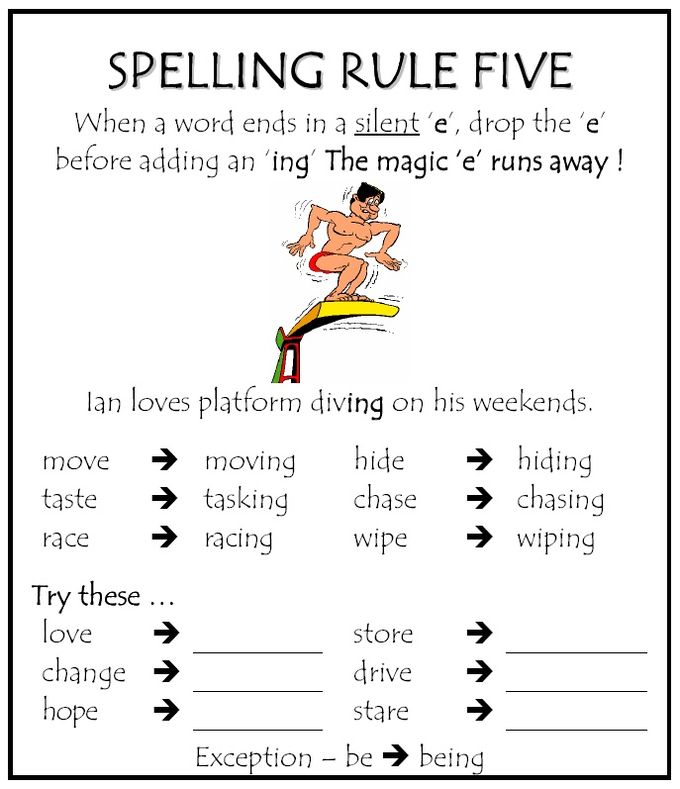
Literature:
1. Slonimsky Yu. "Seven ballet stories", 1967, L.
- "Dramaturgy of the ballet theater of the 19th century", 1977, M.
- Zakharov R. "Notes of a choreographer", 1976, M.
Basic terms (automatically generated) : dance, dance language, music, musical material, choreographic work, movement, musical work, choreographic vocabulary, natural movement, dance vocabulary. nine0009
How I learned to write dance music and started releasing on labels — Music on DTF
A great story about finding yourself in creativity. With pictures and music.
15018 hits
Hi, I'm Muchkin. I write music. I make money with soundtracks for indie games, and for my soul and career I also make tracks in the genre of melodic house and techno. About how I came to composing, I wrote in a recent text. Now let me tell you about my path in dance music. nine0009
Screenshot of my latest project so far
Beginning
Somewhere in the ninth grade, I first heard Prodigy - Voodoo People (Pendulum Remix) as part of a mix from DJ Stroitel. I got crazy and started to get interested in drum and bass. I listened to Pendulum, Noisia, Spor, danced drum and bass dance, which we called drumstep.
I got crazy and started to get interested in drum and bass. I listened to Pendulum, Noisia, Spor, danced drum and bass dance, which we called drumstep.
Then I thought that I also want to write the same energetic cool music with rich drum parts. I had no idea how it was done, and the search led me first to some kind of MIDI editor, in which I made a couple of songs. And then I found FL Studio, a sequencer that I've been using for over a decade. nine0009
The first tracks were terrible.
I shared them under a shameful pseudonym on PromoDJ, in an active community of fellow beginners. We intelligently criticized each other's tracks, not knowing anything at all about how music is created. But it's always like that when you start.
nine0006 Toward the end of school, a dream began to form in me: I will learn how to make cool music for the university, and by the end of the fourth year I will become, if not a world star, then certainly a professional and respected music producer (a person who earns money by creating and performing electronic music ).I once read the idea that you need to make the first 100 songs as quickly as possible, because after them normal music will follow. In my experience, yes, something like this is
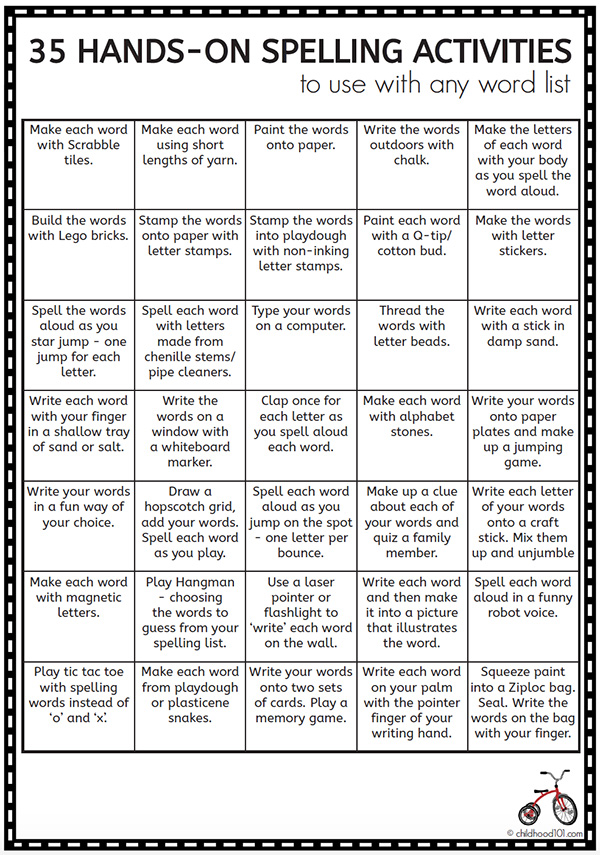
University
In fact, for four years at the university, I basically did only three things: studied (albeit well), played video games and suffered from fears and anxieties. Despite the fact that the dream still lived somewhere on the border of consciousness, and I considered myself a music producer, writing tracks faded into the background. nine0009
It wasn't because I was lazy or because I didn't want to make music. Just because I thought of a great success in advance, creativity turned into a hard and painful task. High anxiety, disorders, traumas, and just the peculiarities of the psyche (which I realized only ten years later thanks to psychotherapy) exacerbated the situation.
For example, I wrote this track for a whole year and spent more than hundred hours on it . That was the pace at which I produced finished works at that time. nine0009
Funny story. Born in Space found some cunning guy on PromoDJ and wrote me, they say, let's release it on my label.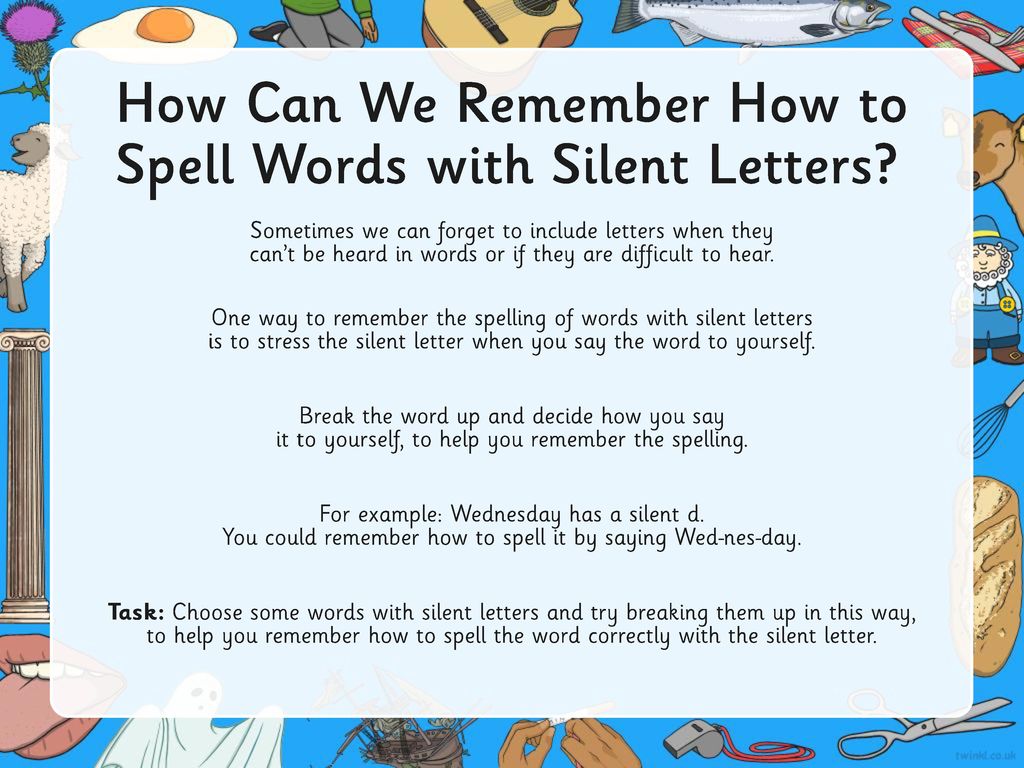 I went nuts from the word "label" and agreed. We even signed some kind of contract through the Proton system. After that, the man disappeared. Until now, the composition can be found on streaming services - he released it ten times, probably, and all under different "labels".
I went nuts from the word "label" and agreed. We even signed some kind of contract through the Proton system. After that, the man disappeared. Until now, the composition can be found on streaming services - he released it ten times, probably, and all under different "labels".
I didn't make a dime from it, of course. I suspect that he is also
nine0139Among my other works during this time, one can single out this psychedelic “neurofunk”, in which everything that is possible is not in tonality. When I wrote it, I did not yet know what tonality was.
This was supposed to be an intro for my friend's YouTube show, but it never launched.
At the university, I wrote little music, but this does not mean that I did not develop creatively. I listened and analyzed bass genres a lot and sometimes through suffering I made tracks. Many did not finish. So there was progress, but very slow.
This composition also took about a year and 60-80 hours of work.
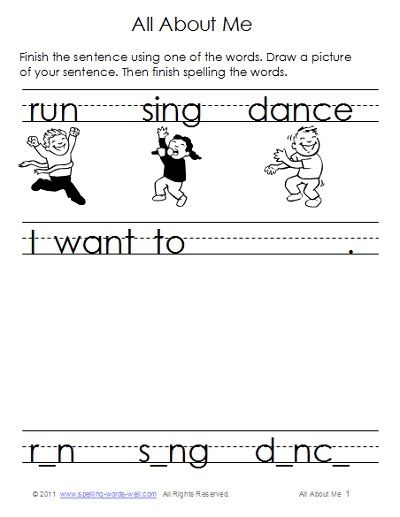
My music from this period seems to meet some minimal requirements of the genres (the structure is readable, the sounds are more or less intelligible, the kick and snare give some kind of energy, sometimes there is even a sub-bass), but they are crooked, poorly thought out and uninteresting .
I just used samples, notes and instruments that seemed appropriate and didn't think about the big picture, melody or atmosphere. And, I suspect, for the better. If I had been worried about this as well, then anxiety would have completely crushed me. nine0009
By the way, my suffering also had some advantages. From the very beginning of working in FL Studio, I decided that I needed to create all the presets for the synths myself, and so I did. By the time I received my diploma, I had a good knowledge of the standard synths of the program and even a small library of presets.
By the way, about the diploma: I wrote this experimental composition dedicated to a headache closer to the defense, which is symbolic.

Work
After my bachelor's degree, I went to the master's program and at the same time started looking for a job. For a year and a half, I was doing all sorts of small jobs (once I even made the whole foley for a short film). I didn’t do much music, although I was able to complete a couple of projects. nine0009
For example, this future beats track inspired by Ivy Lab and Noisia Radio selections.
And an old school drum and bass remix for Dorn (there was a contest on PromoDJ).
I was looking for ways to make money on music: I applied to local game and recording studios, I tried my luck in creating beats and stock tracks. In vain. As I studied the market and read the stories of more successful producers, an unbearable, terrible thought formed in my head.
To achieve something, you have to work very hard
That explained a lot.
At the beginning of 2017, I was accepted to DTF.
Since childhood, I loved games, I read LKI, the Land of Games and Igromania, so I was very happy with this opportunity.
I was part of the editorial staff for almost two years. At this time it was difficult to find the strength and time for music. I watched tutorials, analyzed other people's tracks, replenished my database of samples and presets, but completed projects during this time can be counted on the fingers of one hand. nine0009
Weird downtempo project - time.
Dubstep with the voice of YouTuber Jacksepticeye - two.
Gloomy base house - three.
Drum and bass, started back in 2016, four.
I tried to send each of these tracks to labels, but they were not taken anywhere. I was surprised: how is it that they have everything. And powerful basses, and cool drums, even some interesting effects. Isn't that enough?
Oh, how little I understood.
nine0006 Composing
In the spring of 2019, I started building a career as an indie game composer.
A few months later, this occupation even began to bring in some money and soon became the main one for me. (You can read about this path here.)
I found a way to make money with music and immersed myself in creativity. A little bit not the direction that I dreamed of, but still it was progress. Working on the soundtracks, I learned to feel the music better, learned new techniques and added to my own libraries even more. nine0009
As for dance tracks, at the end of 2019, aggressive and fast base house was popular, and I tried to sit on this hype train.
But no labels took the track, so I released it myself through distributor DistroKid. It was my first "adult" release - the one that appeared on streaming services. So far, I have earned exactly $0.03 on it. That's 17 auditions.
Back in the beginning of 2020, I made time for the LEAVEMEALONE halftime track.
nine0006 The flops over the past couple of years made me wonder: what's wrong with my music? Why doesn't anyone want to take it? Reflection and reflection led me to an important conclusion: in the first place, I do not make the music that I really want.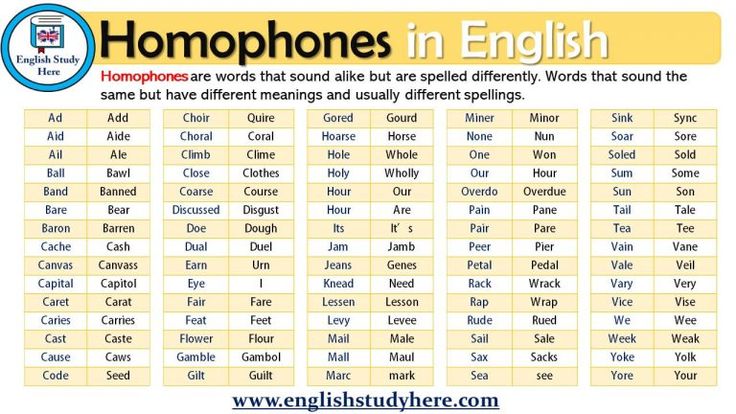
I got interested in making music thanks to drum and bass, then I started listening to dubstep and electro house, and for some reason I always felt that these were the genres I needed to work in. But as soon as I listened to myself a little (which I had never done before), it turned out that I had nothing to express through bass music. nine0009
So I spent the next months looking for genres that would most accurately reflect my inner state. They were melodic house and techno.
Brute force
Since April 2020, I have decided to get into dance music properly. Since I used to be able to create compositions only through force, I came up with a challenge for myself: to finish one track every month.
The logic was like this. By forcing myself to work on dance compositions month after month, sooner or later I had to develop all the necessary skills needed to create cool music. nine0009
I was going to basically brute force my creative powers
The first track turned out to be clumsy.
The mixing is murky, there is not much development, both drops are arranged as if it were a summer banger, although a soulful melodic techno was conceived. But for starters, it will.
This track (and several others) I released again via DistroKid. Even tried to buy ads for him through Facebook. There were still few auditions (39 to date), but I was resentful of the label system after so many rejections and was determined to make a name for myself. nine0009
The next composition in May, Pasturage, was much softer. Birds, forest, nice sound design and summer rain atmosphere.
For this track, I also purchased advertising. This time I set up the ad better and invested more money, so the output was more tangible. Now he has 138 plays.
The June track Arcane turned out to be mysterious and attractive, like a Celtic forest. Hence the name.
I did not commission advertising for him, because the determination to promote myself in the music industry began to fade.
I didn’t pour so much money into advertising tracks, but there was no more extra money. nine0009
The conclusion was that you can break through on your own only in two cases: if you have a lot of money for advertising (I didn’t), or if you know how to do cool PR in social networks (I didn’t know how). So I started looking at
labels again.Arcane was not taken to the labels (I did not even hope), but they took Autarca - the July track. Here's a snippet of it, and you can listen to it in full here.
It was released as a compilation on the sub-label of a small St. Petersburg publishing house Polyptych. I knew perfectly well that this would not bring me any money or popularity, but I signed the contract anyway. You have to start somewhere. nine0009
The next track was a bit hooligan Help a Robot. I didn't send it anywhere, because big labels wouldn't take it, and it was long and tedious to look for small labels with such music.
How do you even google them? "Labels with frivolous electro-house"?
In autumn I decided to make a three-track mini-album. For some reason it seemed to me that labels were more willing to take EPs than singles.
Even by this moment I had heard a lot of music in the selected genres and realized that in melodic house and techno, few people make tracks shorter than six minutes. So from now on, all my new compositions slowly fade in and out. nine0009
In general, the music has become less hasty and more conducive to immersion and thoughtful listening
As you might expect, my plan to boost my chances with labels with the EP didn't work out very well. The release was eventually taken to the same Polyptych Limited (it will be released on July 5), but I was hoping for something bigger.
In December I finished the new track Rewired and decided to take a break. Working non-stop for nine months (and I also did soundtracks) without tangible results led to the fact that I just burned out.
nine0009
Rest helped me rethink my priorities and figure out which way to go. I stopped caring too much about labels and started focusing more on creativity and self-expression. Plus, psychotherapy helped (and still helps) to listen to yourself better.
Rewired was included in the compilation for the Moscow label ONESUN (will be released sort of like in the summer).
Opening
I wrote the next composition at a more relaxed pace: burnout forced me to abandon the "one track per month" mode. Simultaneously with the work on the track, I was doing research. He carefully studied music in the chosen genres, pestered successful producers with questions, whom he could reach. nine0009
The result was the biggest takeaway of all time: major labels need unique music first. One that has not yet been
Within the genre, of course, although the boundaries between melodic house and techno are blurred.

How to achieve uniqueness? For me, the answer is simple: it comes from the uniqueness of the psyche. If you learn to listen well and express yourself adequately, then creativity will be unique. Therefore, when creating Bird Law in January 2020, I tried to listen as often as possible to what melodies, sounds, effects and just decisions resonate with me. nine0009
This track does not just meet some technical requirements, it is undeniably my . For example, the title is taken from a comic book that I really like.
It's the law
And the theme of birds in it is not only because of the name, but also because these animals (but not all) touch me and my wife very much. And also partly a track about the love that I feel for my wife, and this has something in common with the comic book. In general, a warm work about good things. The ones in me. nine0009
I don't know how noticeable it is to the outside listener, but I see a powerful progress compared to the previous compositions.
He was even taken to a more serious label - the Italian Natura Viva. They promised to release it as part of a compilation. I don't know when exactly: for some reason, labels rarely notify me about such things, and I myself don't really care. I'm more focused on future works.
The last track so far is called You're Not What Your Mind Tells You. It's about my many battles with my own brain. It is a little sad, but with a light undertone, because no matter how scary the battles are, there is always a possibility to win. At least I can. nine0009
The other day I signed him to the Belgian label Sound Avenue. It will first be released exclusively on Spotify to try and push it into the platform's playlists, and will be released as part of a sub-label compilation in August.
After You're Not What Your Mind Tells You, I rethought my creative process again. Now I try to treat music less as a series of separate projects and more just as a field for experiments, from which cool completed projects will grow.
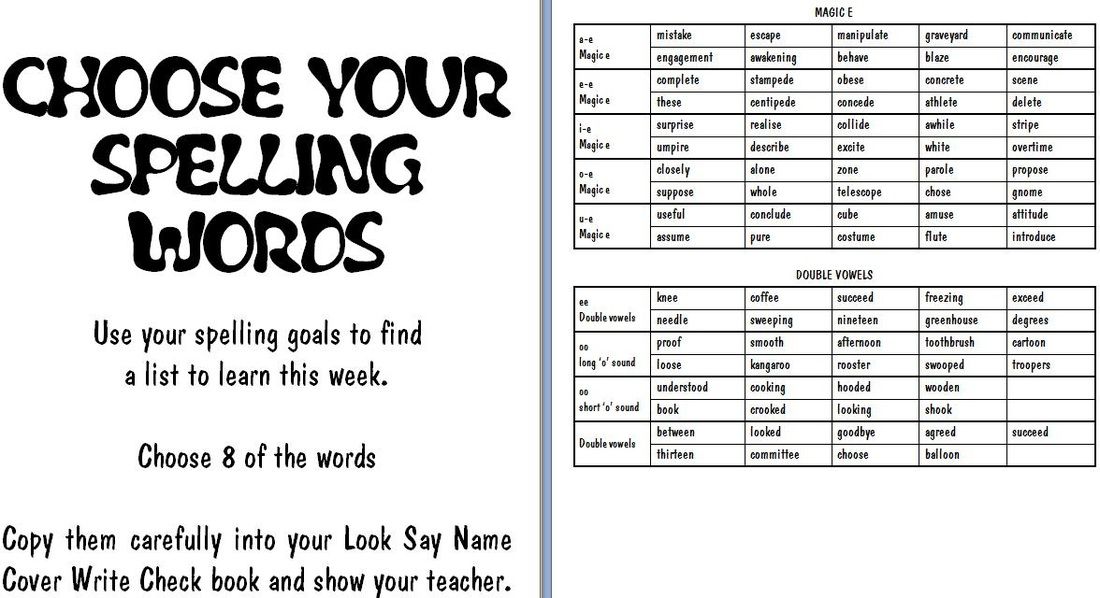
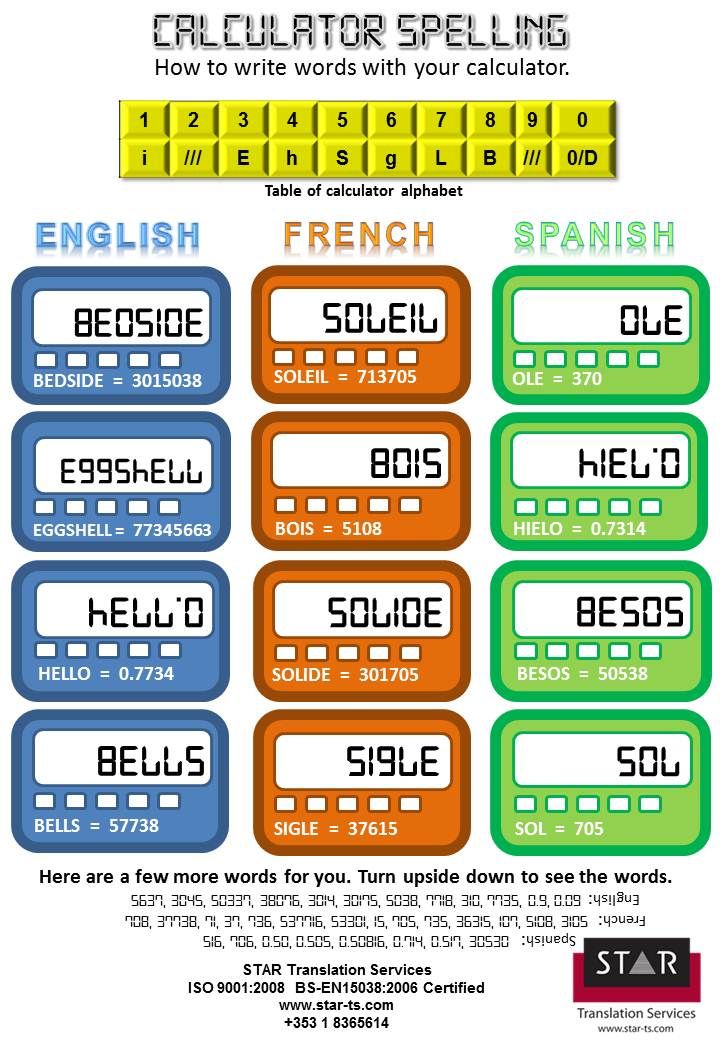 T.)
T.) S.), vocal
S.), vocal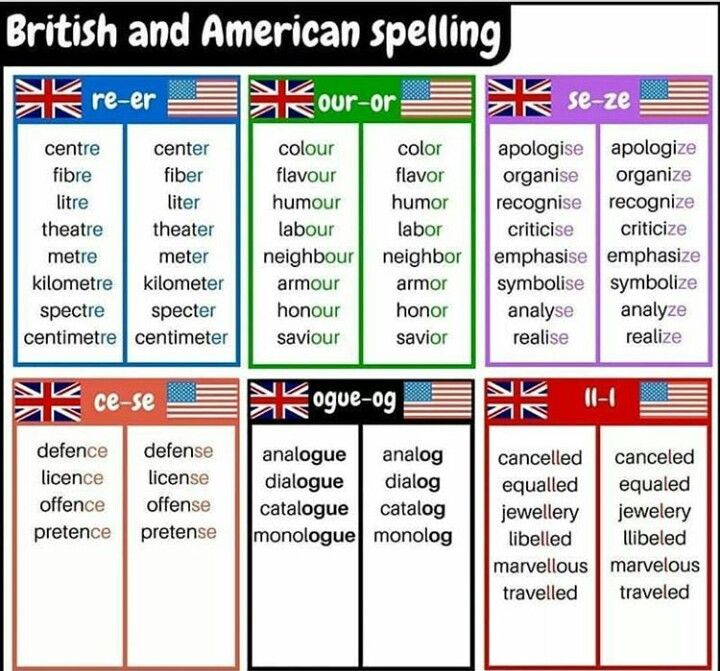 Fixed position of the arms, shoulders and upper body at Ballroom
Fixed position of the arms, shoulders and upper body at Ballroom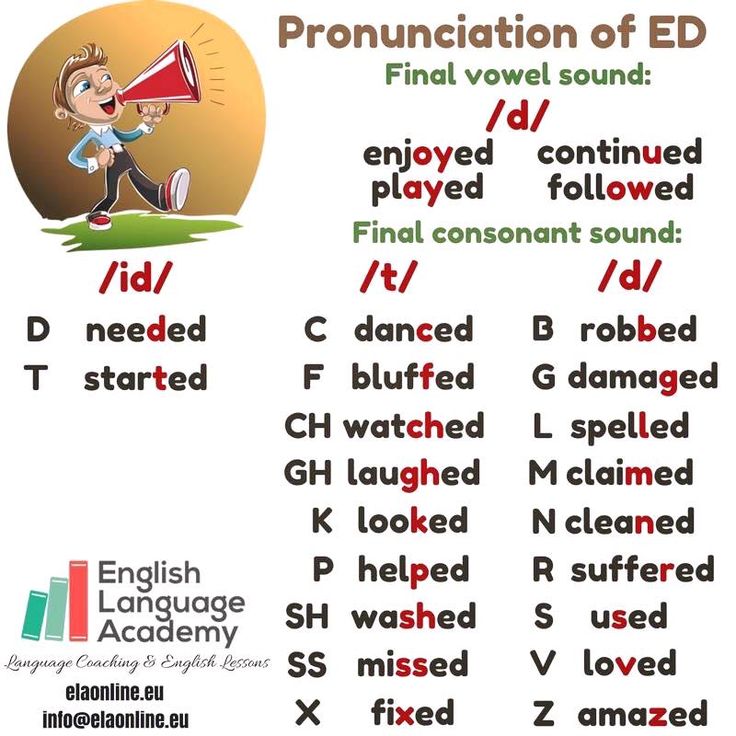 She makes a hockey stick - shaped path
She makes a hockey stick - shaped path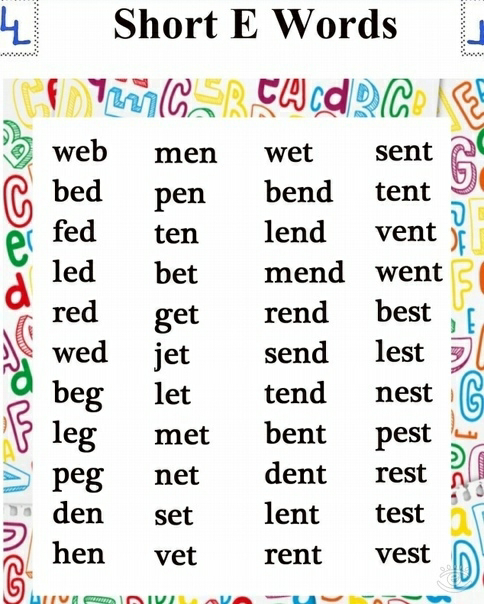 Stylized and rounder than Cuban. With shines.
Stylized and rounder than Cuban. With shines.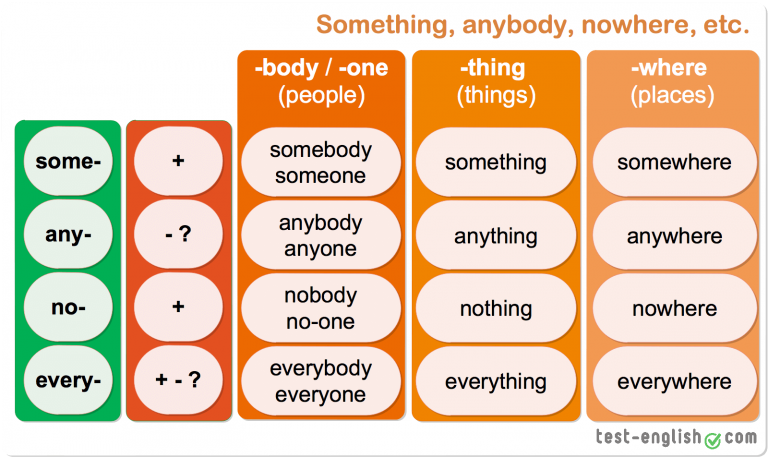
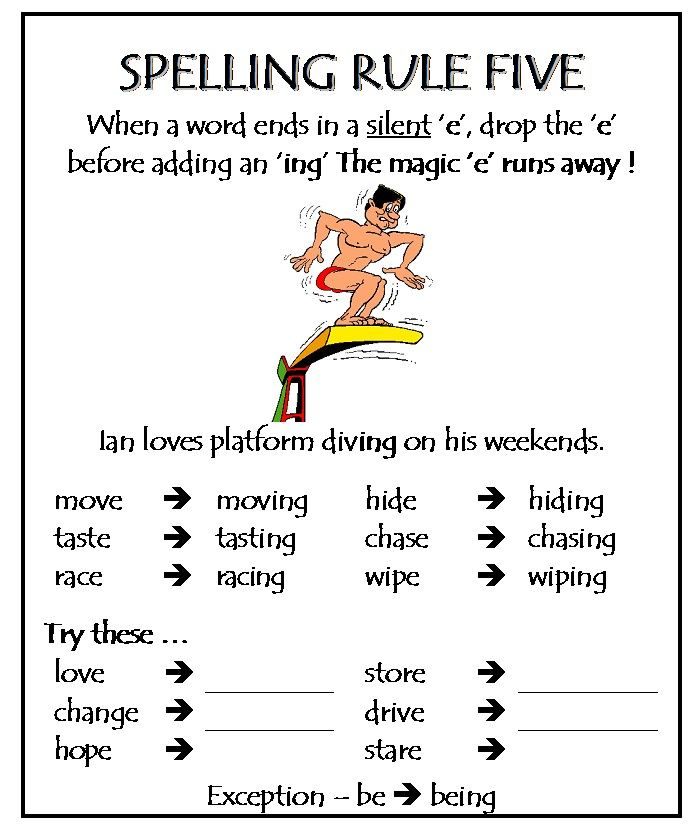 T.)
T.)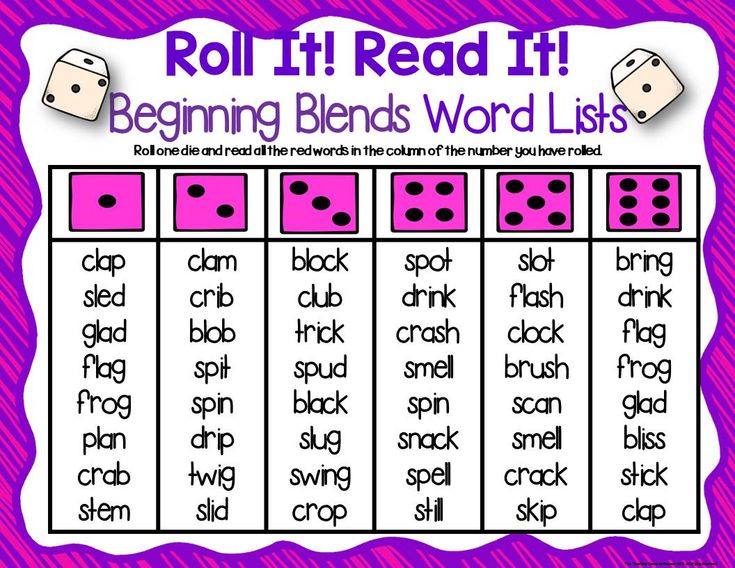 Tough, spicy, humorous
Tough, spicy, humorous T.)
T.)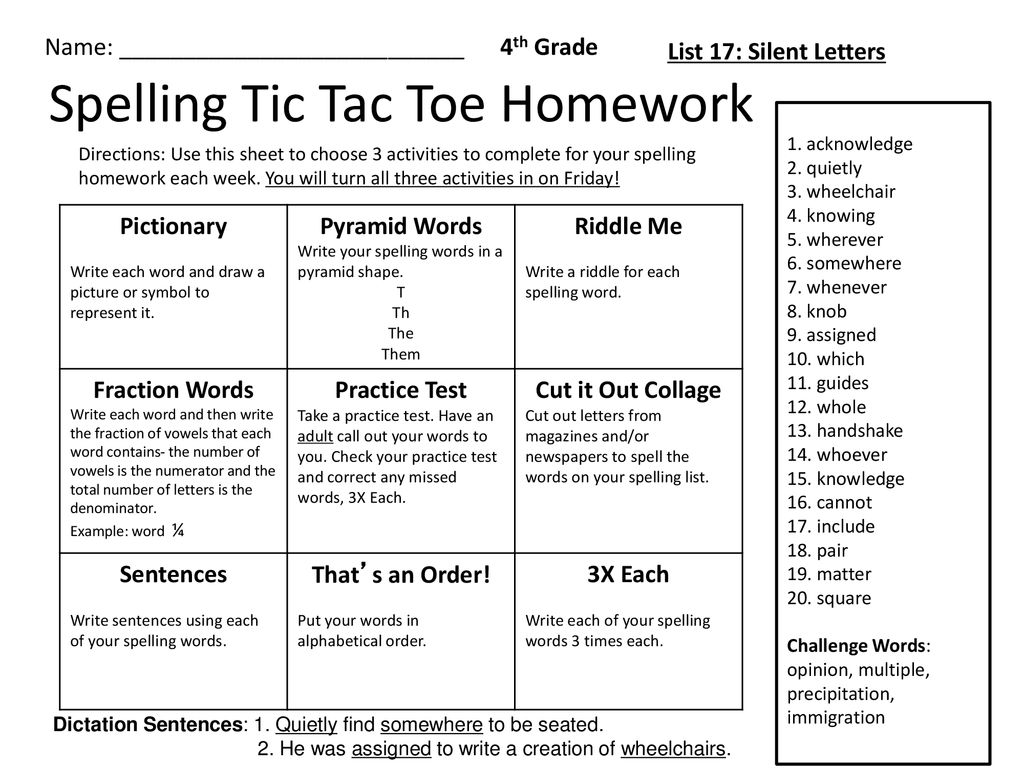 T.)
T.)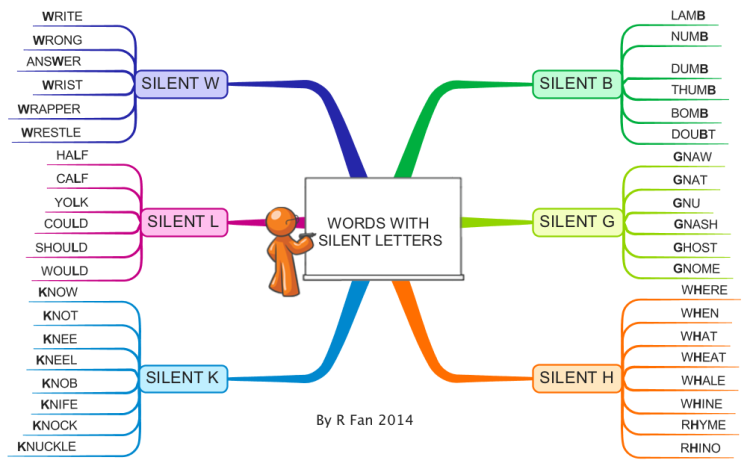 T.)
T.)
